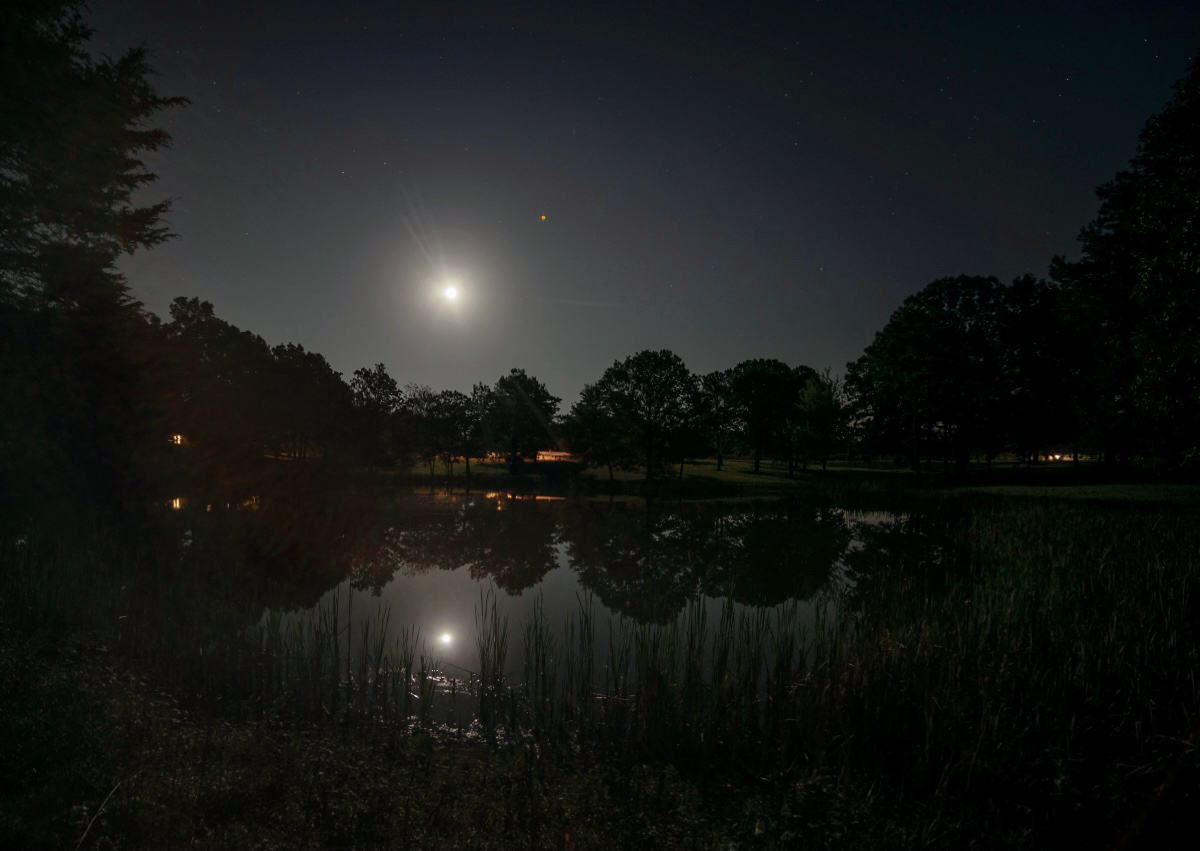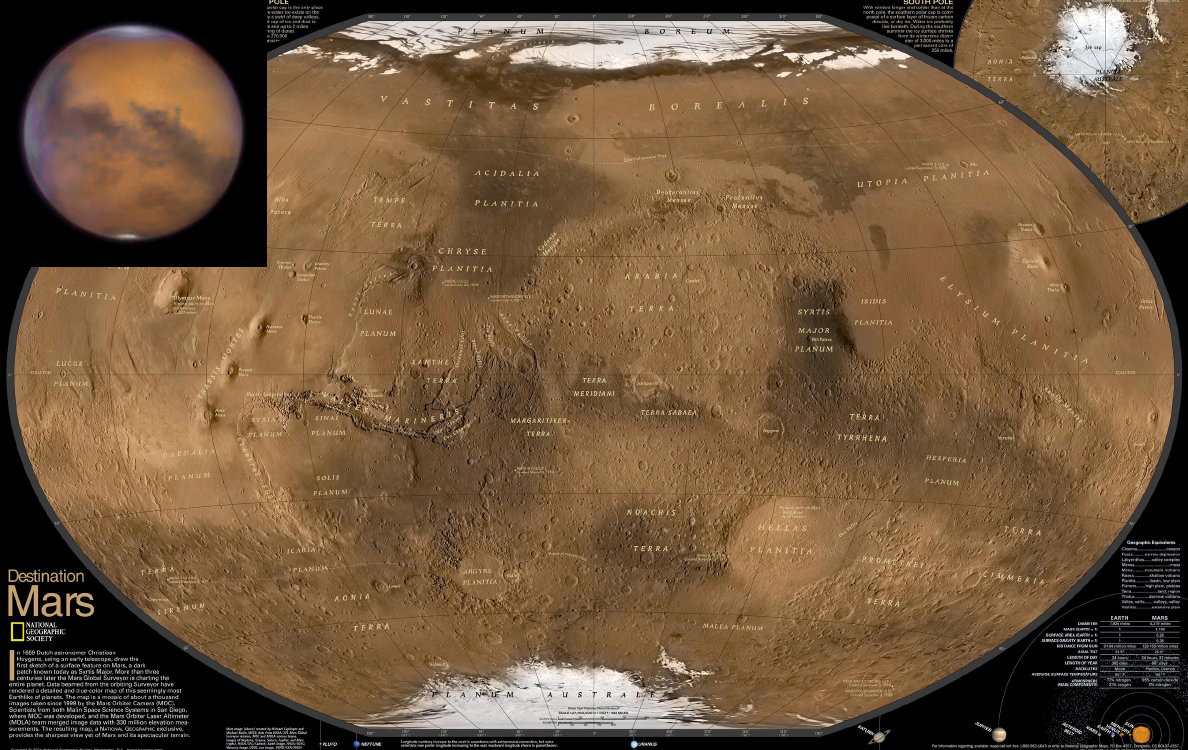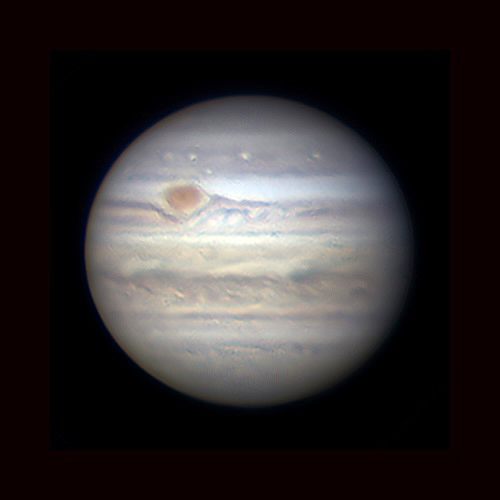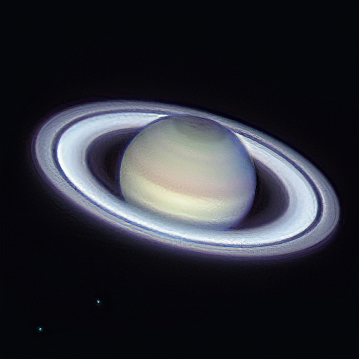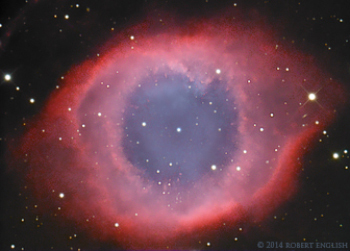The purpose of this feature is to give scout leaders, educators and naturalists an idea of some of the natural events coming up each month. We will try to cover a variety of natural events ranging from sky events to calling periods of amphibians, bird and mammal watching tips, prominent wildflowers and anything else that comes to mind. We will also note prominent constellations appearing over the eastern horizon at mid-evening each month for our area for those who would like to learn the constellations. If you have suggestions for other types of natural information you would like to see added to this calendar, let us know! Note: You can click on the hyperlinks to learn more about some of the featured items. To return to the Calendar, hit the "back" button on your browser, NOT the "back" button on the web page. All charts are available in a "printer friendly" mode, with black stars on a white background. Left clicking on each chart will take you to a printable black and white image. Though we link book references to nationwide sources, we encourage you to support your local book store whenever possible.
Notes From October 2020 I spent some pleasant evenings in early October taking images of Mars as Earth drew close to it. I took this image of Mars and the Moon rising over my pond on October 3rd. Mars was a fiery red as it cleared the treetops.
Unfortunately, the hurricanes that kept pounding the gulf coast made nights with clear and steady skies pretty rare. It wasn't until October 15th that I found a night where the atmosphere allowed sharp images to be made through my observatory telescope. Tree cricket and katydid songs drifted up to the observatory, the calls slowed by the cooler fall temperatures. Barred Owls called back and forth from the woods to the south and west. When I take planetary images I'm not looking through the scope but at the screen of my laptop. The video feed from the telescope plays in a small rectangle on the laptop screen. The image of Mars moves around and is distorted by the atmosphere even on nights when the atmosphere is fairly steady. Since I use a monochrome camera, the image in each recording is in black and white. It's also quite noisy. If the turbulence is severe, it may be hard to focus.
With lucky imaging I typically take thousands, or even tens of thousands of images using a sensitive high-speed video camera. The short exposures minimize the image movement caused by atmospheric turbulence, and the large number of exposures allow you to use only the sharpest images. It's not hard to collect quite a few images in a short time. On the Mars image at right, it took me just over a minute to gather each 5,000-frame set of images. With monochrome video cameras like the one I use videos are made through red, green and blue color filters. The necessary color information for the image is derived from the relative brightness of the images through the three filters. For the image at right, five 5,000-frame image stacks were captured through the red, green and blue filters, for a total of 75,000 images. Of these, a program called Autostakkert picked the sharpest 30,000 images and aligned and averaged each image stack. This averaging increases the accuracy of the images and reduces noise. After this step the total number of images has been reduced from 75,000 images to fifteen, five images through each of the three color filters.
The fifteen images are sharpened in a program called Registax and then opened in a program called WinJupos. Each image is carefully positioned and measured with a time-dependent reference frame. When that is done WinJupos performs some pretty amazing transformations. For the five images made through each color filter, it compensates for the rotation of the planet between each image, then stacks and combines the images. We are now down to three images, one for the red channel, one for the green channel and one for the blue channel. In the final step, WinJupos compensates for the planet's rotation between each color channel and combines them into one color image. The final color image is then post processed in Adobe Photoshop. Although these techniques can provide very remarkable results, the most important aspects of imaging the planets have been known for a long time. The telescope must be in near perfect optical alignment, the astronomical seeing must be very good and you need to be spot on in focusing. Otherwise no amount of processing will produce an good image.
It was good to get back to planetary imaging after several years away from it. When I'm imaging galaxies, changes are few and far between. Imaging the planets is at the other end of the time scale. You can see the surface markings rotating right before your eyes, not to mention how the moons of each planet change position each night. It's fun! Planetary imaging can be done without a large investment. The equipment costs are relatively low. The ZWO ASI 120MMS camera used for all of the planetary images on the Natural Calendar this month can be purchased for $179.00. The Saturn image on this Natural Calendar was made with a home-made Dobsonian telescope on a home-made equatorial platform. The images of Mars were made with home-made tube assembly mounted on a commercial telescope mount. The image capture program, Firecapture, is a free program. So are the Autostakkert, Registax and WinJupos programs. This makes planetary imaging something that can be explored by a high school science club or a science center. Besides learning about astronomy and telescopes, you can't help but learn a lot about image processing, eliminating noise in data sets and predicting good conditions for imaging based on weather fronts and the jet stream.
Sky Events for November 2020: The Leonid Meteor Shower peaks on the morning of the 17th. The shower has not produced many bright meteors in recent years but it's worth checking. Daylight Savings Time ends at 2:00am local time on November 1st.
Morning Sky: Venus is slowly moving closer to the horizon each day, but it continues to be bright and beautiful in the dawn sky this month, now rising about 3 hours before the Sun. As the month progresses its apparent size diminishes and it gets more gibbous. It is the brightest star-like object in the eastern sky before dawn so you won't have any problem picking it out. Look for Mercury below and to the left of it. Mercury reaches greatest elongation from the Sun on November 10th. Early in the month you can see it telescopically as a tiny crescent.
Evening Sky:
Saturn is only about 5 degrees to the east of Jupiter as the month begins. Like Jupiter it will remain in Sagittarius this month. If you've never seen Saturn, it's simply spectacular in just about any size telescope..
In fact, even a good quality 60mm refractor will give a better view of the ringed planet than Galileo was ever able to see. Saturn was a puzzle to him. In his low-resolution telescope the planet appeared as three separate discs - one large disc with a smaller disc on each side of it. A few years later, he returned to look at the planet when the rings presented edge-on. His two attendant discs had disappeared! He never solved the riddle. He would have loved to see the view available to just about any amateur astronomer today. Be sure and look for Saturn's moons. Titan is easily visible in most small telescopes, and in larger telescopes you can usually see several.
Details can be seen well in larger telescopes in good seeing conditions. If you are not used to viewing Mars it will appear quite small through the eyepiece. After all, its diameter is only a little over half that of Earth. Picking out the subtle details on Mars takes patience. Plan on spending some time viewing it and wait for moments when the atmosphere steadies.
The views below show the sky looking east at 10:30pm EST on November 15th. The first view shows the sky with the constellations outlined and names depicted. Star and planet names are in green. Constellation names are in blue. The second view shows the same scene without labels. Auriga , the Charioteer, with its bright star Capella, is prominent in the northeast. Look for the bright stars Castor and Pollux as the constellation Gemini, The Twins, clears the horizon. In the southeast, mighty Orion clears the horizon with its bright stars Betelgeuse and Rigel. Note the difference in color between the two stars. Betelgeuse is a red giant and looks orange. Rigel is a very hot supergiant and looks bluish. Looking at the center of the three "sword" stars with binoculars, you can see M42, the Orion Nebula. Just poking its head above the horizon is Lepus, The Hare.If you'd like a ghostly challenge, see if you can find the Helix Nebula, a planetary nebula in Aquarius. You'll need binoculars, an app to know where to look (see below) and dark skies. We recommend the Sky Safari 6 app. There are several levels, depending on how much you want to spend. The Helix Nebula is one of the closest bright planetary nebulas. It appears almost half the size of a full moon, but will be dim, and unlike the image above, almost colorless for visual observers.
On Learning the Constellations: We advise learning a few constellations each month, and then following them through the seasons. Once you associate a particular constellation coming over the eastern horizon at a certain time of year, you may start thinking about it like an old friend, looking forward to its arrival each season. The stars in the evening scene above, for instance, will always be in the same place relative to the horizon at the same time and date each November. Of course, the planets do move slowly through the constellations, but with practice you will learn to identify them from their appearance. In particular, learn the brightest stars for they will guide you to the fainter stars. Once you can locate the more prominent constellations, you can "branch out" to other constellations around them. It may take you a little while to get a sense of scale, to translate what you see on the computer screen or what you see on the page of a book to what you see in the sky. Look for patterns, like the stars that make up Orion. The Earth's rotation causes the constellations to appear to move across the sky just as the Sun and the Moon appear to do. If you go outside earlier than the time shown on the charts, the constellations will be closer to the eastern horizon. If you observe later, they will have climbed higher. As each season progresses, the Earth's motion around the Sun causes the constellations to appear a little farther towards the west each night for any given time of night. The westward motion of the constellations is equivalent to two hours per month. Recommended: Sky & Telescope's Pocket Star Atlas is beautiful, compact star atlas. A good book to learn the constellations is Patterns in the Sky, by Hewitt-White. For sky watching tips, an inexpensive good guide is Secrets of Stargazing, by Becky Ramotowski.
A good general reference book on astronomy is the Peterson
Field Guide,
A Field Guide to the Stars and Planets, by Pasachoff. The book retails for around $14.00.
The Virtual Moon Atlas is a terrific way to learn the surface features of the Moon. And it's free software. You can download the Virtual Moon Atlas here. Apps: We really love the Sky Safari 6 Pro. It is available for both iOS and Android operating systems. There are three versions. The Pro is simply the best astronomy app we've ever seen. The description of the Pro version reads, "includes over 100 million stars, 3 million galaxies down to 18th magnitude, and 750,000 solar system objects; including every comet and asteroid ever discovered." A nother great app is the Photographer's Ephemeris. Great for finding sunrise, moonrise, sunset and moonset times and the precise place on the horizon that the event will occur. Invaluable not only for planning photographs, but also nice to plan an outing to watch the full moon rise. Available for both androids and iOS operating systems.
Amphibians:
Recommended: The Frogs and Toads of North America, Lang Elliott, Houghton Mifflin Co. Archives (Remember to use the back button on your browser, NOT the back button on the web page!) Natural Calendar September 2020 Natural Calendar February 2020 Natural Calendar December 2019 Natural Calendar November 2019 Natural Calendar September 2019 Natural Calendar February 2019 Natural Calendar December 2018 Natural Calendar November 2018 Natural Calendar February 2018 Natural Calendar December 2017 Natural Calendar November 2017 Natural Calendar October 2017Natural Calendar September 2017 Natural Calendar February 2017 Natural Calendar December 2016 Natural Calendar November 2016 Natural Calendar September 2016Natural Calendar February 2016 Natural Calendar December 2015 Natural Calendar November 2015 Natural Calendar September 2015 Natural Calendar November 2014 Natural Calendar September 2014 Natural Calendar September 2013 Natural Calendar December 2012 Natural Calendar November 2012 Natural Calendar September 2012 Natural Calendar February 2012 Natural Calendar December 2011 Natural Calendar November 2011 Natural Calendar September 2011 Natural Calendar December 2010 Natural Calendar November 2010 Natural Calendar September 2010 Natural Calendar February 2010 Natural Calendar December 2009 Natural Calendar November 2009 Natural Calendar September 2009 Natural Calendar February 2009 Natural Calendar December 2008 Natural Calendar November 2008 Natural Calendar September 2008 Natural Calendar February 2008 Natural Calendar December 2007 Natural Calendar November 2007 Natural Calendar September 2007 Natural Calendar February 2007 Natural Calendar December 2006 Natural Calendar November 2006 Natural Calendar September 2006 Natural Calendar February 2006
Natural Calendar December 2005
Natural Calendar November 2005
Natural Calendar September 2005
Natural Calendar February 2005
Natural Calendar December 2004
Natural Calendar November 2004
Natural Calendar September 2004
Natural Calendar February 2004
Natural Calendar December 2003
Natural Calendar November 2003 Natural Calendar February 2003 Natural Calendar December 2002 Natural Calendar November 2002 Nature Notes Archives: Nature Notes was a page we published in 2001 and 2002 containing our observations about everything from the northern lights display of November 2001 to frog and salamander egg masses. Night scenes prepared with The Sky Professional from Software Bisque All images and recordings © 2020 Leaps
|
|
